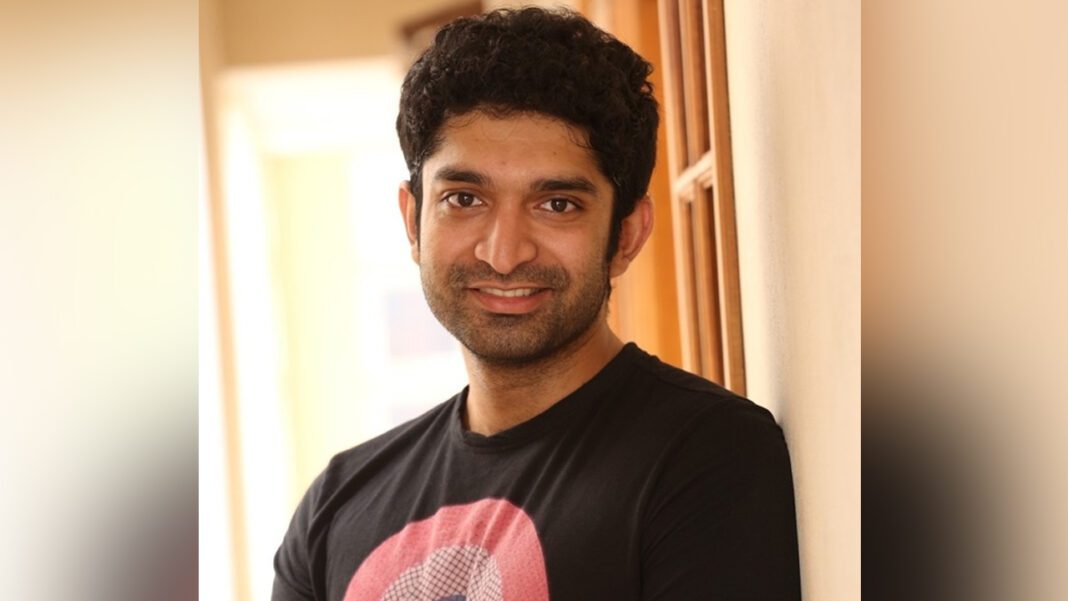The use of technology in the educational sector is nothing new. Technology has advanced educational capabilities from the time of the chalkboard, blackboard, and lectures to the present, where students carry various portable electronic devices.
One reason for this swift change was the pandemic. It was almost successful in restricting the flow of education, but thanks to technological advancements and a swift response from educational institutions, parents, the government, and technology providers, its continuity was ensured, and students were saved from a huge loss.
The time period served as a catalyst for a number of changes in how education is delivered and pursued. It gave rise to a variety of innovations, including remote learning and the emergence of educational technology that fundamentally altered the field. Technology is becoming more important than ever in the classroom for higher education, with existing digital nomads embracing new advancements happening in the industry.
The changing landscape of higher education
The Indian higher education market is primarily driven by rising student enrolments and a rising literacy rate. This can be due to the growing need for workers with advanced degrees who can help companies adapt to the nation’s rapidly changing commercial environment. With technology acting as the trigger, there have already been major changes in the higher education sector.
Role of technology
The development of competency-based learning models, the use of new technologies, and the reorientation of educational patterns all contribute to the strengthening of teaching-learning procedures and the preparation of important employees to handle the various difficulties posed by the globalised world.
The demand for higher education is also being positively impacted by the growing adoption of digitised solutions in the education industry as well as increased consumer spending per capita. Overall, as technology advances, educational possibilities expand and change daily.
Better access to education
Technology and administrative processes for adopting online learning, as well as the infrastructure to facilitate its access and delivery, have to quickly adjust in response to the COVID-19 pandemic. For connecting students with course activities and materials, facilitating communication between teachers and students, and managing the administration of online learning in universities, significant resources have been invested and processes have been devised.
Online education has also grown more commonplace as avenues for improved access and possibilities have been paved. India has surpassed the United States to become the second-largest market for e-learning, according to KPMG.
Enriches the educational experience
The days of lugging a massive poster board between locations for every assignment are long gone. Owing to technological advancements, students can now take part in project-oriented and inquiry-based learning. Additionally, technology has given pupils access to more individualised and interesting learning methods via internet resources, including e-books, videos, podcasts, simulations, and games.
Immersive learning experiences for students have been made possible by technologies like AR and VR. Students are better able to learn new things quickly and in novel ways because of it. The global market for virtual reality in education is anticipated to reach USD 13,098.2 million by 2026, growing at a CAGR of 42.9%, according to research by Fortune Business Insights.
Enabled online examination
Conducting exams was a significant challenge during the pandemic that could have hampered students’ ability to learn. Despite the fact that many educational institutions use cloud technology, security was still not guaranteed. Remote proctoring technology was established in response to worries about security during online exams, and it turned out to be the best fix.
It enabled proctoring using pictures, voice, and video, which reduced the likelihood of cheating and identity fraud. Additionally, it coordinated a wide range of additional technologies, including a secure browser, audit logging, object detection, live chat powered by artificial intelligence, and more.
Flipped Classroom
In recent years, flipped classrooms have drawn a lot of interest from the education community. By turning the traditional classroom model on its head, this cutting-edge teaching strategy emphasises student interaction and active learning more than before. Students are given pre-recorded lectures or internet resources to review at home before class in a flipped classroom.
The remainder of the class period is then devoted to group projects, debates, and problem-solving activities that let the students apply and further their grasp of the material. This strategy encourages individual learning, develops critical thinking abilities, and promotes student-centered learning. Additionally, flipped classrooms support individualised learning because teachers can tailor their support to each student’s requirements.Flipped classrooms are revolutionising education and enhancing student outcomes by encouraging a more participatory and interesting learning environment.
All things considered
Technology has played and will continue to play a vital role in providing students with a high-quality education in a timely manner. It has changed how students learn, teachers impart knowledge, and institutions run. In higher education, the role of technology has become crucial as it enables better access to education, enhances the educational experience, and facilitates online education.
Additionally, it has opened up new opportunities for higher education innovation, and quality. As a result, today it serves as a catalyst for the growth of the higher education system in India. According to the HRD Ministry’s National Education Policy 2020, technology is undoubtedly having a significant impact on education in a variety of ways, given the rapid pace of technological advancement.
With cutting-edge technology at their disposal, universities are also on their way to changing the educational ecosystem in India while embracing the Education 4.0 revolution.
(The writer Er. Koneru Lakshman Havish is the Vice President of KL Deemed to be University)




